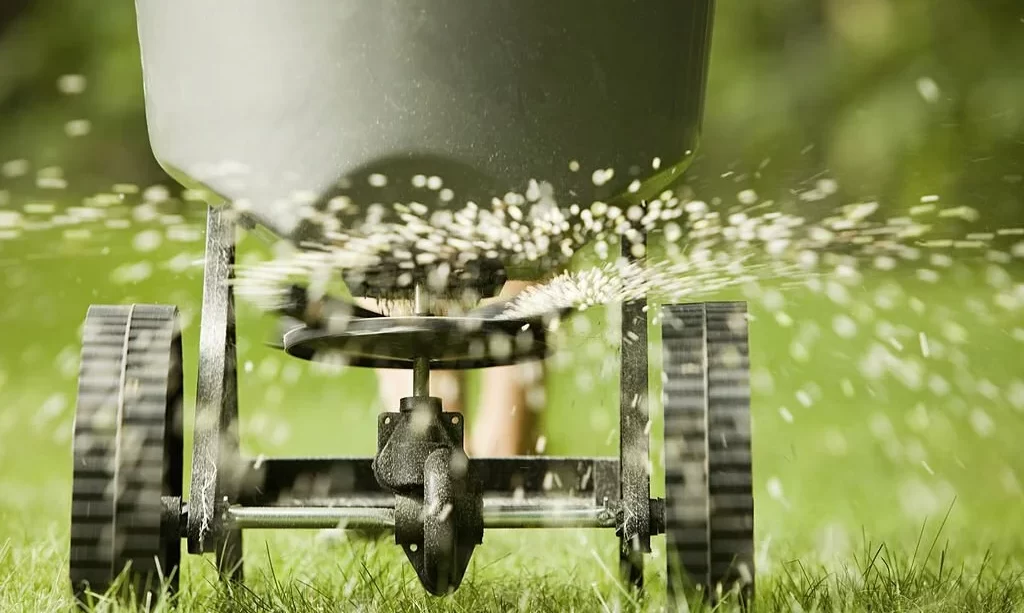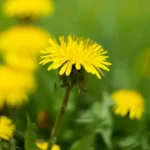Nestled in the heart of the Great Lakes region, Michigan boasts an array of landscapes, from pristine lakeshores to lush forests. For homeowners in the Wolverine State, maintaining a healthy and vibrant lawn is a source of pride and enjoyment. Fertilizing your lawn plays a pivotal role in nurturing that lush green expanse, ensuring it stands up to the challenges of Michigan’s climate. This comprehensive guide takes you through the seasonal journey of when to fertilize your lawn in Michigan, providing insights and practical tips to keep your turf at its best.
A well-fertilized lawn is not only a sight to behold but also a thriving ecosystem that benefits the environment and enhances your property’s value. As we traverse the seasons, we’ll delve into the best times for fertilization, explore the types of fertilizers that work best for Michigan’s lawns, and offer guidance on proper application techniques. Whether you’re a seasoned gardener or a newcomer to lawn care, this guide equips you with the knowledge you need to ensure your Michigan lawn remains a point of pride throughout the year.
- Prepare your lawn for winter with The Andersons Fall Lawn Food 24-0-14 – Application 4 of The Andersons Lawn Program
- Contains potassium for hardiness and vigor
- Includes quick- intermediate- and slow-release nitrogen for a fast green up and extended feeding
- Contains 1% iron for extra deep greening
Spring Fertilization (Late April to Early June)
As the snow melts away and the earth awakens from its winter slumber, late April to early June is an optimal time to kickstart the annual fertilization regimen for your Michigan lawn. Spring heralds a season of growth and renewal, making it the perfect period to infuse your grass with the nutrients it craves. During this time, your lawn requires a balanced and hearty meal to promote vigorous growth and establish a strong foundation for the year ahead.
The main goal of spring fertilization is to provide your grass with the essential nutrients it needs to recover from winter dormancy and to initiate a healthy growth spurt. This fortifies your lawn, helping it withstand the rigors of summer and beyond. The selection of the right fertilizer blend in spring is crucial, with an emphasis on a balanced NPK (nitrogen, phosphorus, potassium) ratio that suits Michigan’s climate and soil conditions.
When it comes to application, timing and technique matter. Uniform coverage ensures that all areas of your lawn receive the nourishment they need. We’ll delve into the specifics of selecting the right fertilizer and provide tips on how to apply it effectively during this pivotal season, ensuring your lawn emerges from winter’s grip with renewed vitality.
Summer Maintenance (Late June to Early August)
As summer takes full sway in Michigan, and the sun casts its warm embrace upon your lawn, it’s time for the second round of fertilization. Late June to early August marks the season of growth and activity in the world of lawn care. The proper nourishment during this time will help your grass cope with the heat and other summer stresses that are typical in the Great Lakes State.
Fertilization in summer plays a different role compared to spring. While spring fertilizer is geared towards initiating growth, summer fertilization focuses on maintaining the strength and vibrancy of your lawn. The right nutrients and soil health are essential to help your grass stay resilient against heat, drought, and potential weed encroachments. Therefore, choosing the right fertilizer blend and adhering to proper application practices are key during this phase.
- Super fine particles which give you TWICE the number of particles per square foot. More particles, better and more even distribution.
- Lower nitrogen strength allows you to apply more particles per square foot.
- Slow release and feeds for up to 8 weeks.
- Humic DG (humic and fulvic acid) which helps enrich your soil and allows plants to process nutrients better.
- Not Sold in California
Early Fall Fertilization (Late August to Early October)
As the Michigan summer gives way to the crispness of early fall, your lawn prepares for a transition. Late August to early October marks the period of early fall fertilization, a critical step in maintaining the resilience and vibrancy of your turf. This late-season feeding ensures your lawn is well-prepared to face the challenges of a Michigan winter.
Early fall fertilization is all about building resilience. The nutrients provided during this period promote strong root growth and nutrient storage, which are essential for your grass to endure the cold months ahead. The right fertilizer blend should facilitate this process and enhance your lawn’s hardiness, helping it remain green and lush even in the face of the impending winter chill.
Winter Preparation (Late October to Early December)
The transition from fall to winter in Michigan is a critical period for your lawn. Late October to early December marks the time for winter preparation, a seasonally specific phase in your lawn care routine. While it may seem counterintuitive to fertilize just before winter’s arrival, it is an essential step to fortify your grass and help it endure the harsh winter conditions that Michigan is known for.
Winter preparation fertilization, often referred to as “winterizing,” is all about ensuring your lawn has the strength to withstand the cold, snowy, and icy months ahead. During this time, grass focuses its energy on root development, storing nutrients to carry it through the dormant winter period. Applying the right type of fertilizer and employing proper techniques can make a significant difference in your lawn’s ability to bounce back when spring returns.
Alternative Fertilization Methods
While traditional fertilization methods are effective, there are alternative approaches that offer unique benefits for your Michigan lawn. Organic fertilizers, slow-release formulations, and customized plans based on soil testing are options that cater to specific preferences and environmental concerns.
Organic fertilizers, for instance, are derived from natural materials and offer a chemical-free, environmentally friendly way to feed your lawn. Slow-release fertilizers provide a gradual nutrient release, reducing the risk of over-fertilization and nutrient leaching. Soil testing, on the other hand, enables you to tailor your fertilization regimen to your lawn’s exact requirements.
Conclusion
Caring for your lawn in Michigan is a year-round commitment, and understanding the seasonal nuances of when and how to fertilize is essential to its health and beauty. This guide has walked you through the annual cycle of lawn care, from spring’s rejuvenation to winter’s fortification, offering insights into the right fertilizer types, applications, and techniques for each season.
By following a well-informed and seasonally tailored fertilization plan, you can ensure that your Michigan lawn remains resilient, lush, and visually appealing year after year. The key takeaway is that a healthy lawn is a testament to your dedication and knowledge. So, as you embark on your lawn care journey, armed with a deeper understanding of the seasonal requirements, remember that each application is an investment in the natural beauty and value of your property.






